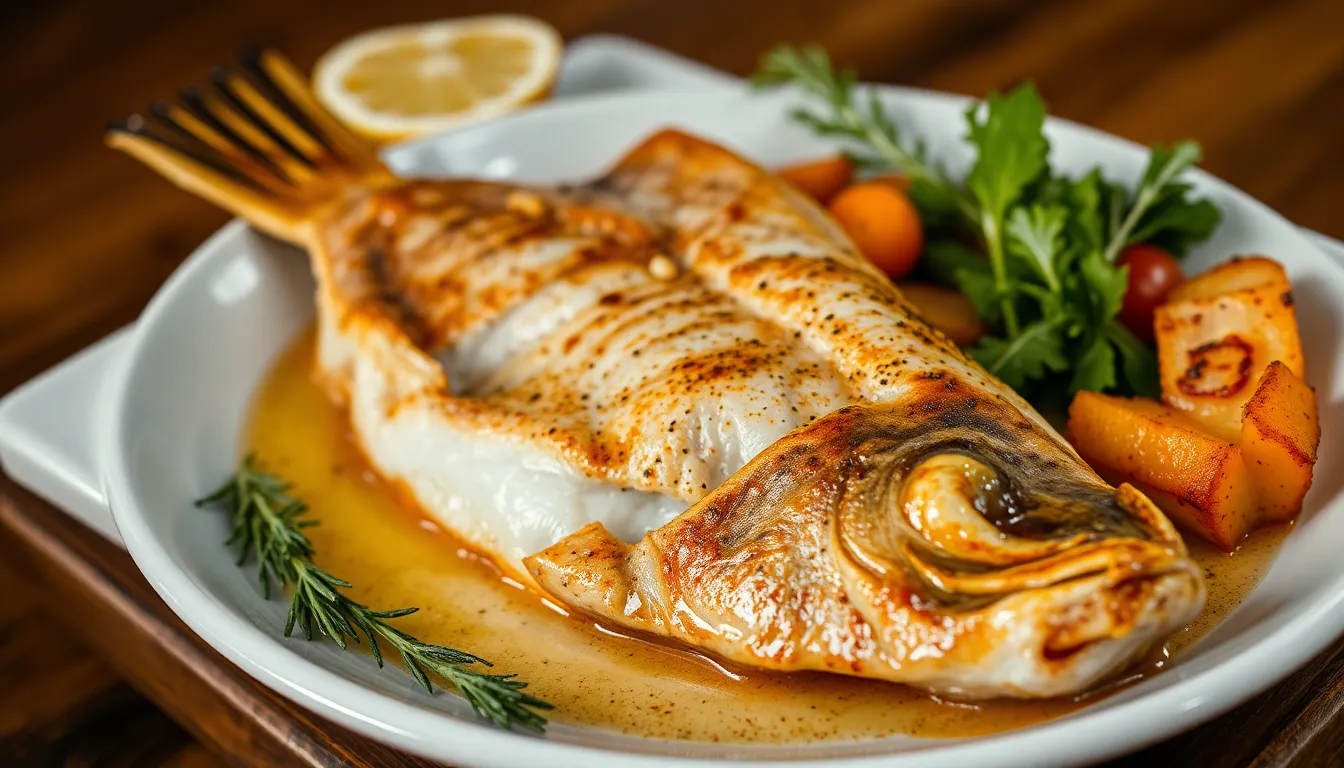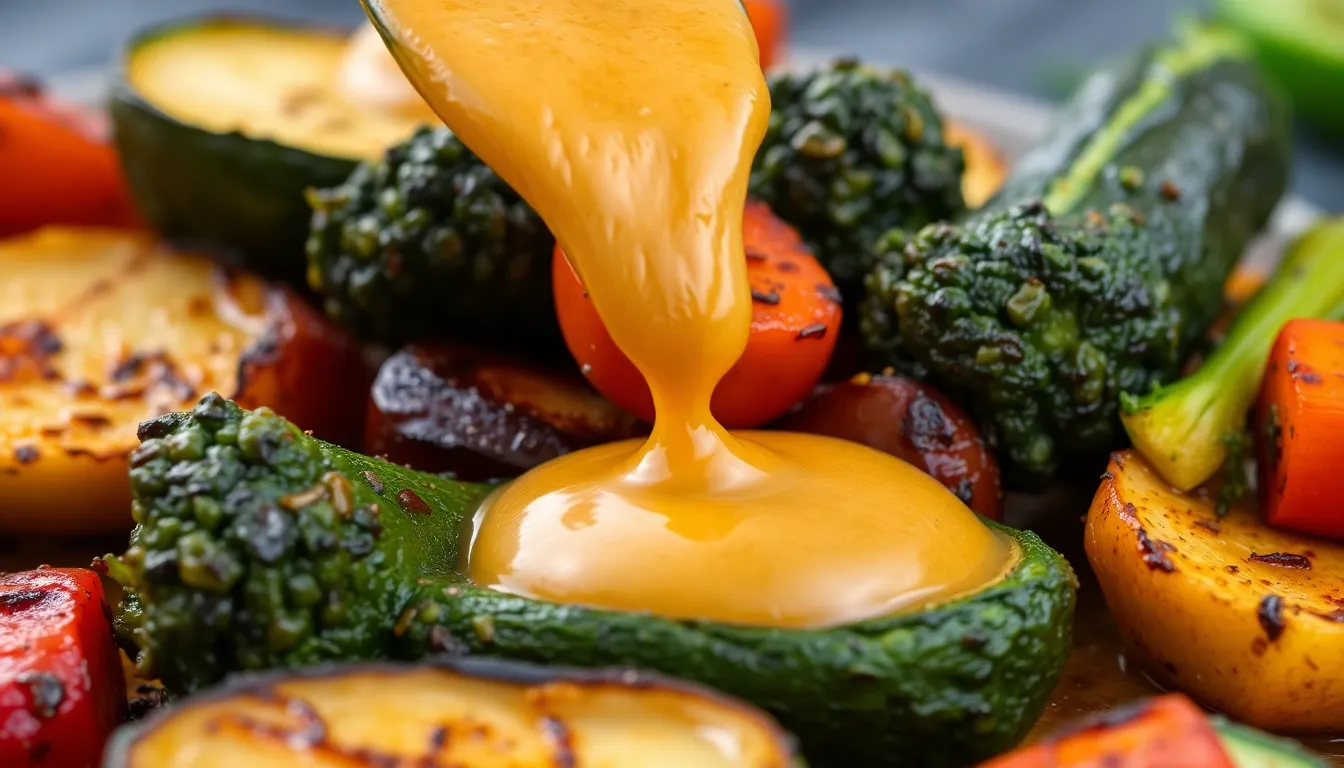Nut Allergies: Safe Cooking Practices for Everyone
Nut allergies are becoming increasingly prevalent, with millions of people affected worldwide. According to recent studies, approximately 1-2% of the population suffers from a nut allergy, and this number continues to rise. Nut allergies can cause severe allergic reactions, making safe cooking practices essential for anyone preparing food for individuals with these allergies.
The purpose of this article is to provide practical tips and guidelines for cooking in a nut-free environment. By understanding nut allergies and implementing safe cooking practices, we can create a safe space for everyone to enjoy delicious meals free from the risk of allergic reactions.
Section 1: Understanding Nut Allergies
1.1 What are Nut Allergies?
Nut allergies are adverse immune responses to certain proteins found in nuts. They can be classified into two main categories:
- Tree Nuts: Includes nuts such as almonds, walnuts, hazelnuts, cashews, pecans, and pistachios.
- Peanuts: Although technically a legume, peanuts are commonly grouped with tree nuts due to similar allergic reactions.
1.2 Symptoms of Nut Allergies
Nut allergies can manifest in a variety of symptoms, which may range from mild to severe. Common symptoms include:
- Hives or skin rash
- Stomach cramps
- Nausea or vomiting
- Swelling of the lips, tongue, or throat
- Difficulty breathing
- Anaphylaxis (a life-threatening reaction)
Recognizing these symptoms is crucial, as allergic reactions can escalate quickly and require immediate medical attention.
Section 2: Importance of a Nut-Free Kitchen
2.1 Cross-Contamination Explained
Cross-contamination occurs when allergens are transferred from one food item to another, often through shared utensils, surfaces, or equipment. This can pose a significant risk for individuals with nut allergies, as even trace amounts of nuts can trigger a reaction.
2.2 Creating a Safe Cooking Environment
Establishing a nut-free kitchen involves several key practices:
- Designate a Nut-Free Zone: Clearly mark areas and storage spaces for nut-free cooking.
- Educate Household Members: Ensure that everyone in the home understands the importance of maintaining a nut-free environment.
- Communicate with Guests: Inform visitors about your nut-free cooking practices, especially when hosting meals.
Section 3: Safe Cooking Practices
3.1 Ingredient Labeling
Reading ingredient labels is crucial for ensuring the safety of the food you prepare. Many processed foods may contain hidden nuts. Here are some common ingredients to watch out for:
- Pesto (often contains pine nuts)
- Baked goods (may contain almond flour or nut oils)
- Granola bars (can contain peanuts or tree nuts)
- Salad dressings (might use nut oils)
3.2 Cooking Tools and Utensils
Using dedicated tools for nut-free cooking is essential. Here are some recommendations:
- Keep separate cutting boards for nut-free and nut-containing foods.
- Use specific pots and pans for nut-free cooking.
- Wash utensils thoroughly after use to eliminate any residual nut traces.
3.3 Recipe Modifications
Adapting recipes to be nut-free can be simple with a few substitutions. Here are some examples:
- Instead of almond milk, use oat milk or coconut milk.
- Replace peanut butter with sunflower seed butter or soy nut butter.
- Use pumpkin seeds or chia seeds as a topping instead of nuts.
Section 4: Sample Nut-Free Recipes
4.1 Breakfast Ideas
Nut-Free Granola Recipe
This crunchy granola is perfect for breakfast, packed with oats and seeds:
- 2 cups rolled oats
- 1/2 cup sunflower seeds
- 1/2 cup pumpkin seeds
- 1/4 cup honey or maple syrup
- 1/4 cup coconut oil
- 1 teaspoon cinnamon
Mix all ingredients and bake at 350°F (175°C) for 20-25 minutes, stirring occasionally until golden brown.
Fruit and Yogurt Parfait
A quick and healthy option, layer your favorite fruits with yogurt and granola:
- 1 cup your choice of yogurt (dairy or dairy-free)
- 1 cup mixed fruits (berries, banana, etc.)
- 1/4 cup nut-free granola
4.2 Lunch Options
Quinoa Salad with Vegetables
This colorful salad is loaded with protein and fiber:
- 1 cup cooked quinoa
- 1 cup diced bell peppers
- 1 cup chopped cucumbers
- 1/4 cup olive oil
- 1/4 cup lemon juice
- Salt and pepper to taste
Hummus with Veggies and Pita
A classic snack, serve hummus with a variety of colorful veggies:
- 1 cup chickpeas
- 2 tablespoons tahini
- 1 tablespoon olive oil
- 1 tablespoon lemon juice
- 1 garlic clove
4.3 Dinner Dishes
Chicken Stir-Fry with Rice
This easy stir-fry is packed with flavor:
- 1 lb chicken breast, sliced
- 2 cups mixed vegetables (broccoli, bell peppers, carrots)
- 2 tablespoons soy sauce
- 1 tablespoon sesame oil
- Cooked rice for serving
Vegetarian Pasta Primavera
A light and healthy pasta dish perfect for a quick dinner:
- 8 oz pasta of choice
- 2 cups mixed vegetables (zucchini, bell peppers, peas)
- 1/4 cup olive oil
- 1 teaspoon garlic powder
4.4 Dessert Choices
Chocolate Avocado Mousse (nut-free)
Rich and creamy, this dessert is a hit:
- 2 ripe avocados
- 1/2 cup cocoa powder
- 1/2 cup maple syrup
- 1 teaspoon vanilla extract
Coconut Macaroons (nut-free)
Sweet and chewy, these macaroons are a delightful treat:
- 3 cups shredded coconut
- 1/2 cup sugar
- 1/4 cup egg whites
- 1 teaspoon vanilla extract
Section 5: Quick Reference for Nut-Free Cooking
| Safe Cooking Practices | Common Allergens | Nut-Free Substitutes |
|---|---|---|
| Use dedicated utensils | Peanuts | Sunflower seed butter |
| Thoroughly clean surfaces | Almonds | Coconut cream |
| Read ingredient labels | Cashews | Chia seeds |
| Avoid bulk bins for ingredients | Pistachios | Oat milk |
| Store food in labeled containers | Hazelnuts | Sunflower oil |
By implementing these safe cooking practices and understanding the implications of nut allergies, we can create a more inclusive environment where everyone can enjoy meals without fear. Nut-free cooking is not just a necessity; it can also be an opportunity to explore new ingredients and flavors that everyone can appreciate. Happy cooking!




